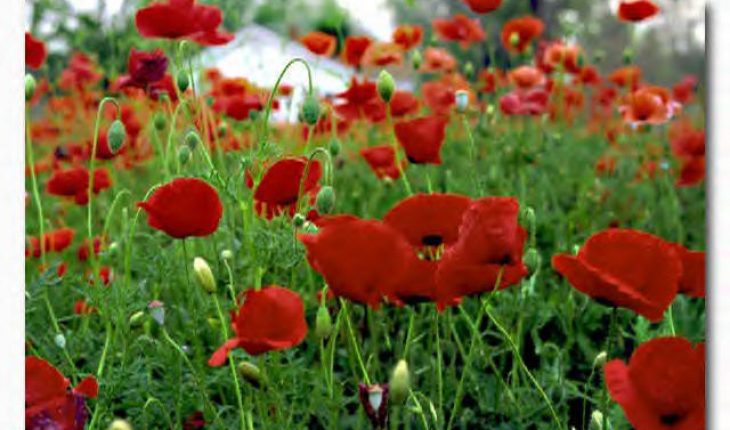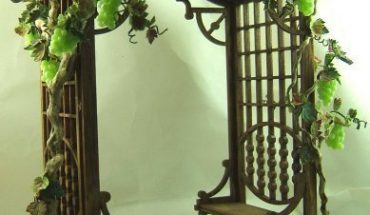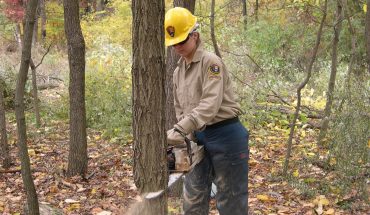Poppy is a collective term used to refer to colorful flowers that belong to different genera including papaver, meconopsis, romneya and canbya. The seeds of the flowers are used as special ingredients in several dishes such as Bengali, Romanian, Russian and Ukrainian dishes. Learning how to grow poppies starts with knowing the conditions that contribute a lot to the growth of the flowers. Discussed below are the pointers that you should know if you want to propagate and grow poppies.
Materials Needed
To avoid having problems and experiencing delays, it is important to prepare all the materials that you need for this specific activity. When planting poppies, you need Builders sand, potting soil and planting tray. Aside from these materials, you will also use a spray bottle for applying fertilizer and watering the plants. Make sure that you buy several packets of seeds in order to grow the plants successfully.
Procedures
Place the so-called Builders sand in a planting tray and mix the seeds with the sand. Put the planting tray in an area that is exposed to sunlight. If there is no available place that has direct sunlight, you can put fluorescent light in the area, but be sure that the plants will receive adequate sunlight or lighting for about 8 to 10 hours a day. Make sure to water the plants twice or thrice every single day. It is important to ensure that the soil is not soggy. Use the spray bottle when watering the plants. Continue watering the seeds until leaves start to grow.
When leaves appear, wait for few days before transferring them to pots. Fill each of the pots with 1/3 builders sand and 2/3 potting mix. Carefully remove the matured seedlings. In order not to damage the plants, use a knife by slipping it under and then lifting them up slowly. Plant them on pots with soil. Be sure not to compact the roots. Water them everyday for best results. Allow them to stay outdoors each day, which can actually harden them. Position them in spots that are partially shaded. This will prevent direct sunlight from burning their leaves.
Once the later parts of spring arrive, it is good to set the plants outside. Find nice spots in the garden. In well-drained areas, dig holes that are approximately two inches deep. Remove them carefully and safely from the pots and then plant them there. Water them regularly to ensure proper nourishment. Make sure that the soil is firm. Regularly check for pest-infested and damaged leaves. Remove them to maintain the beauty and attractiveness of the plants.





